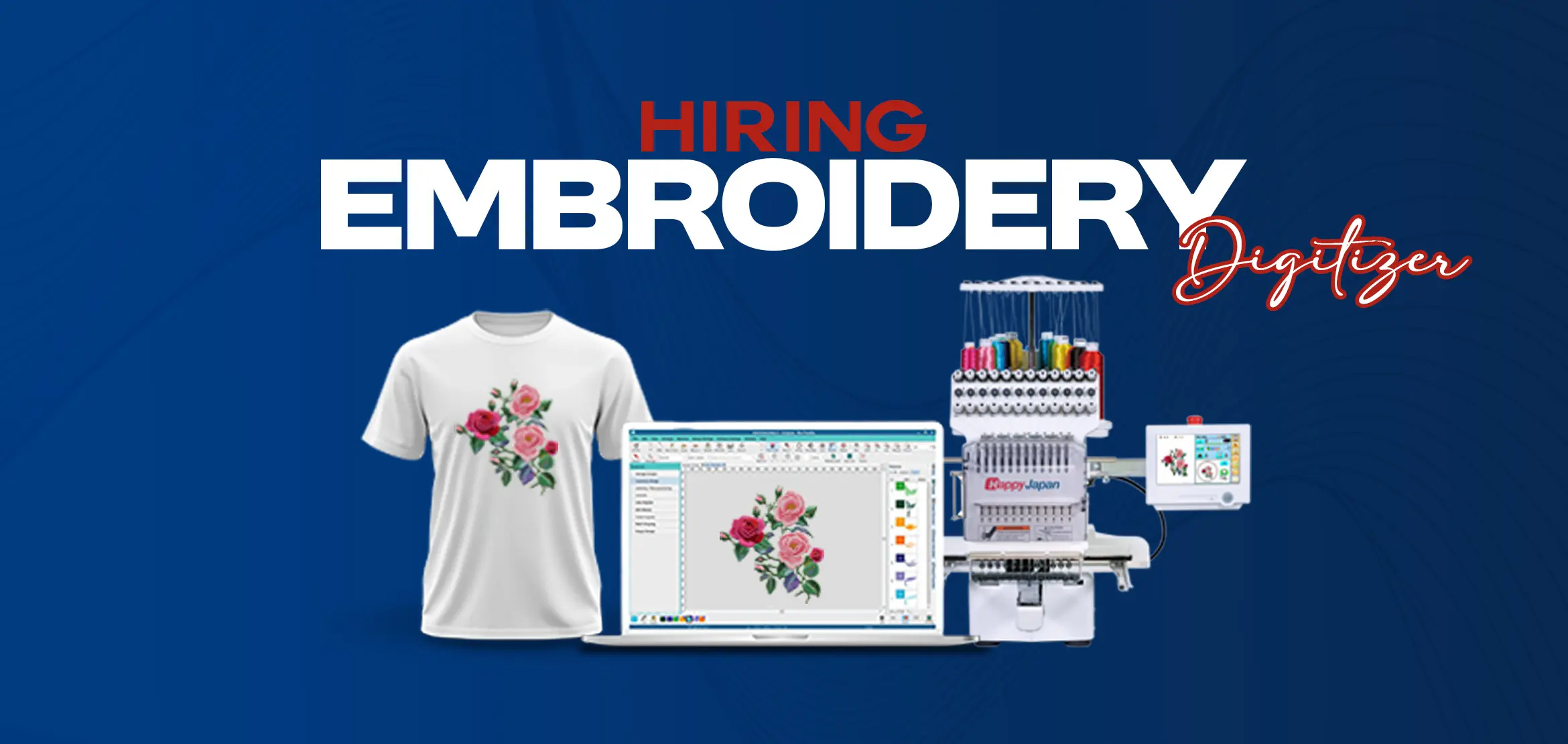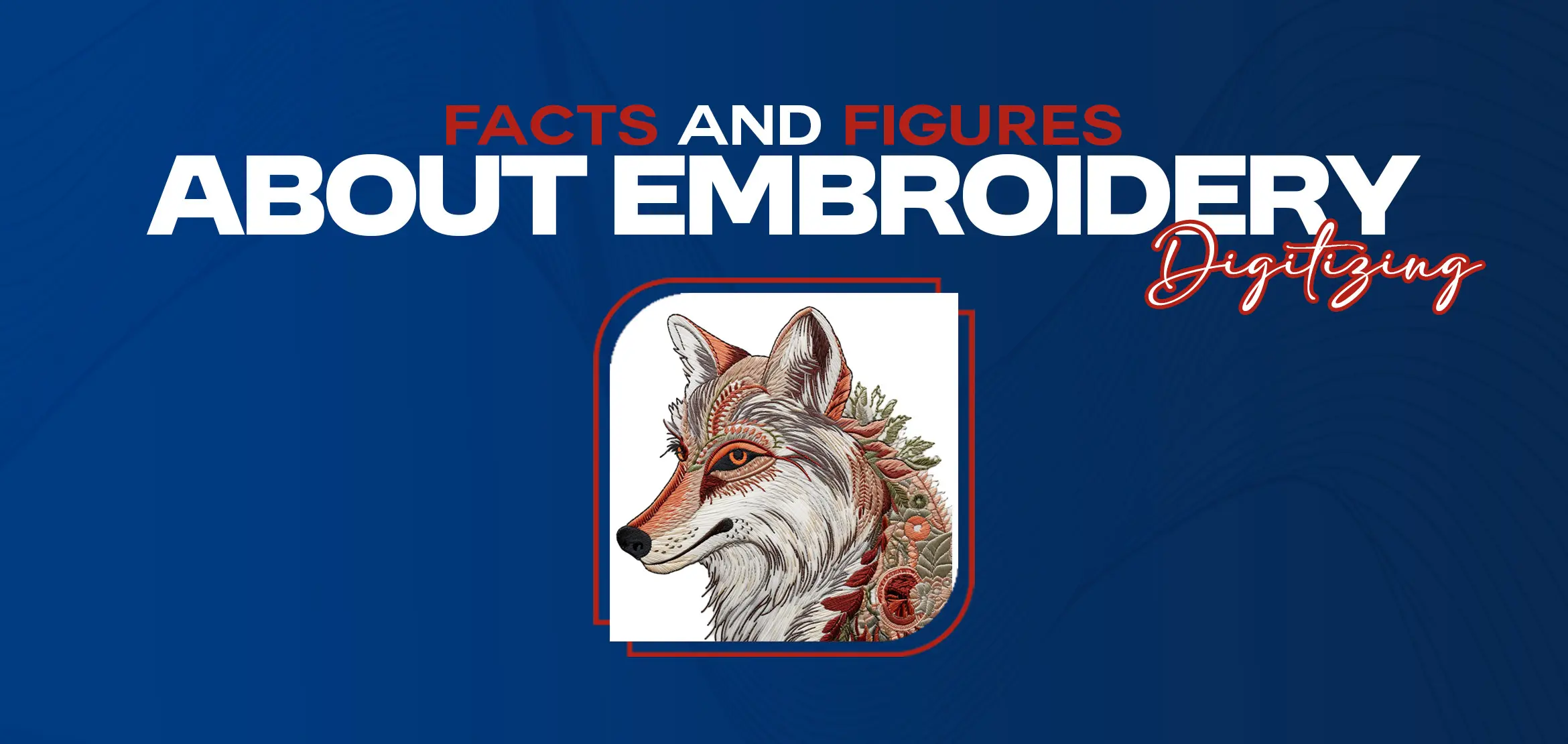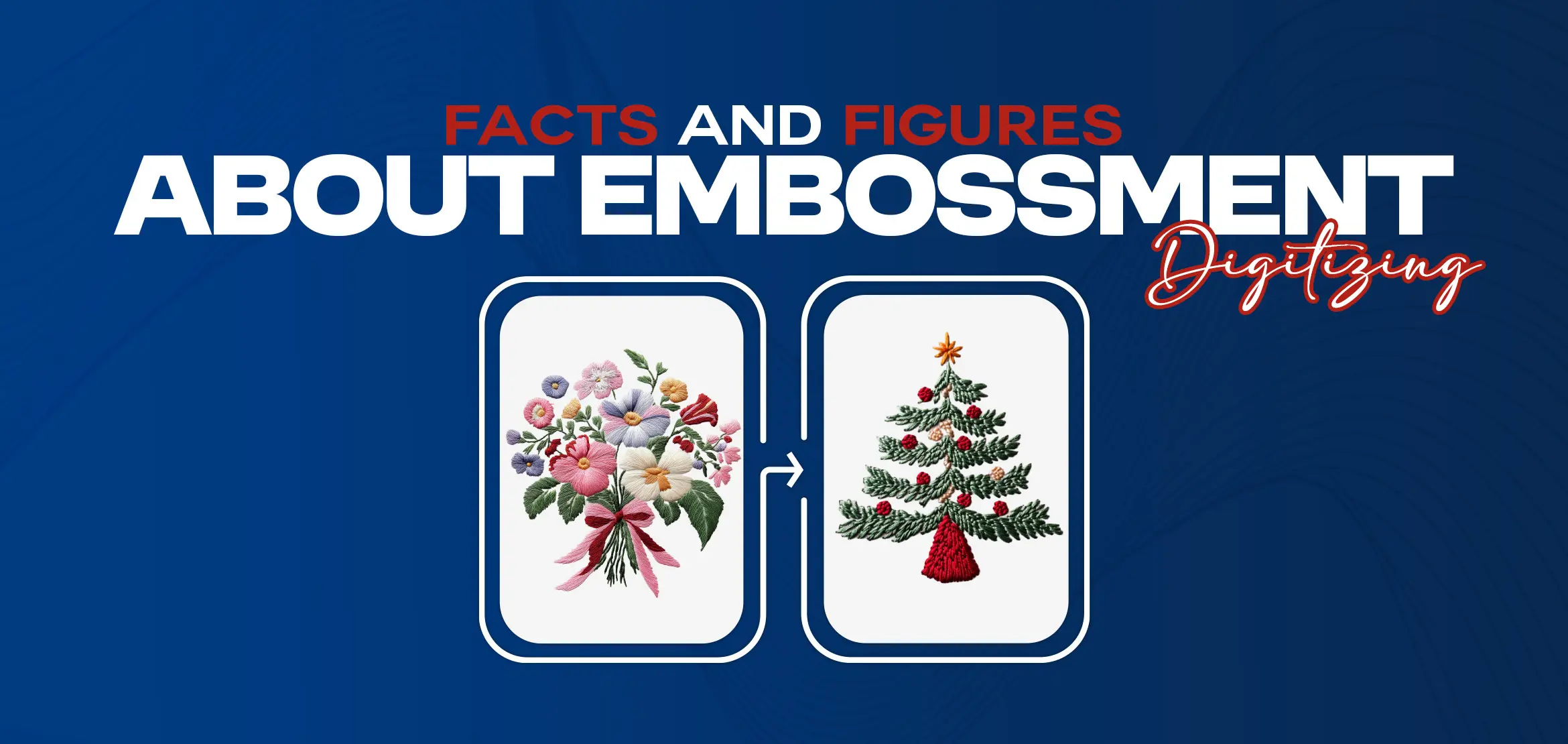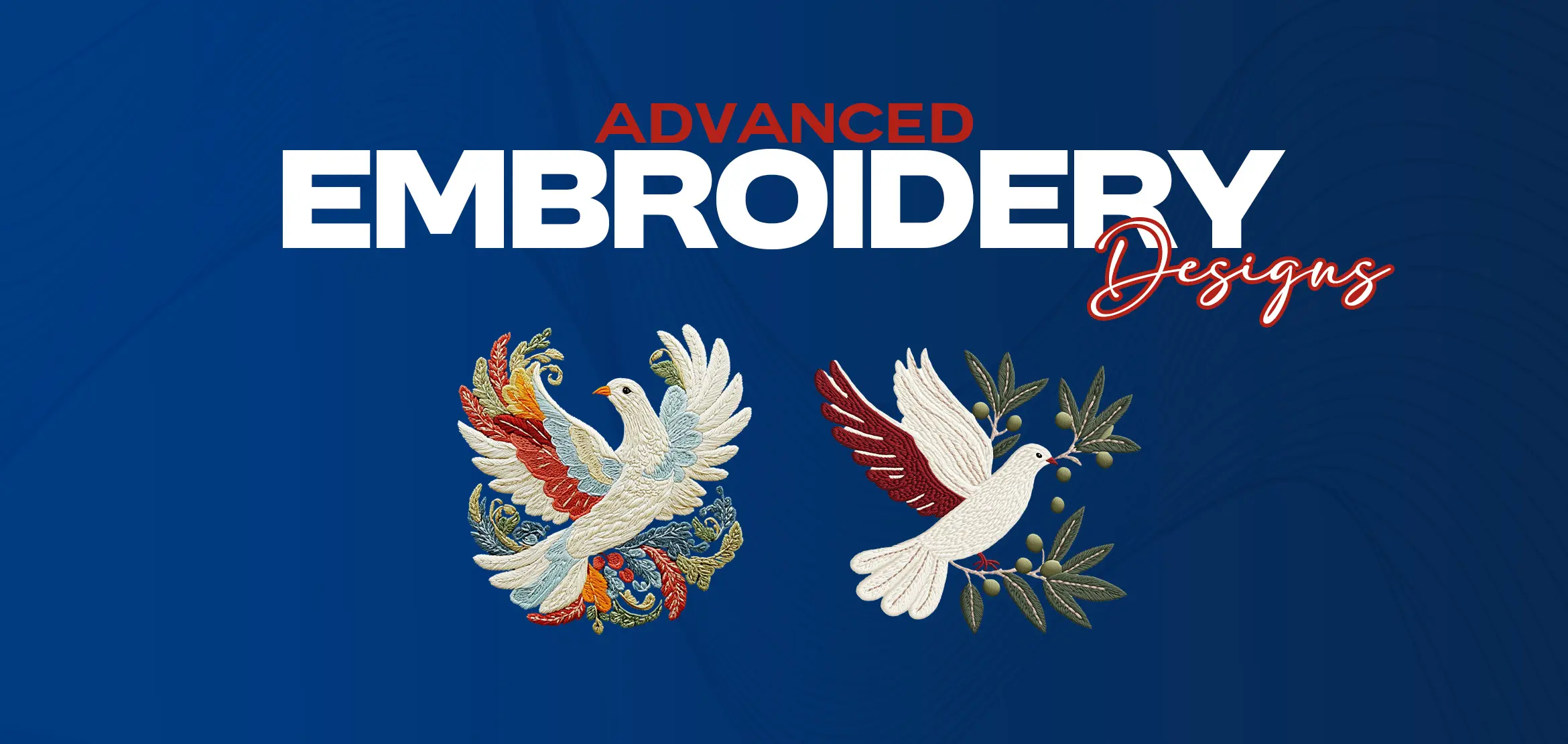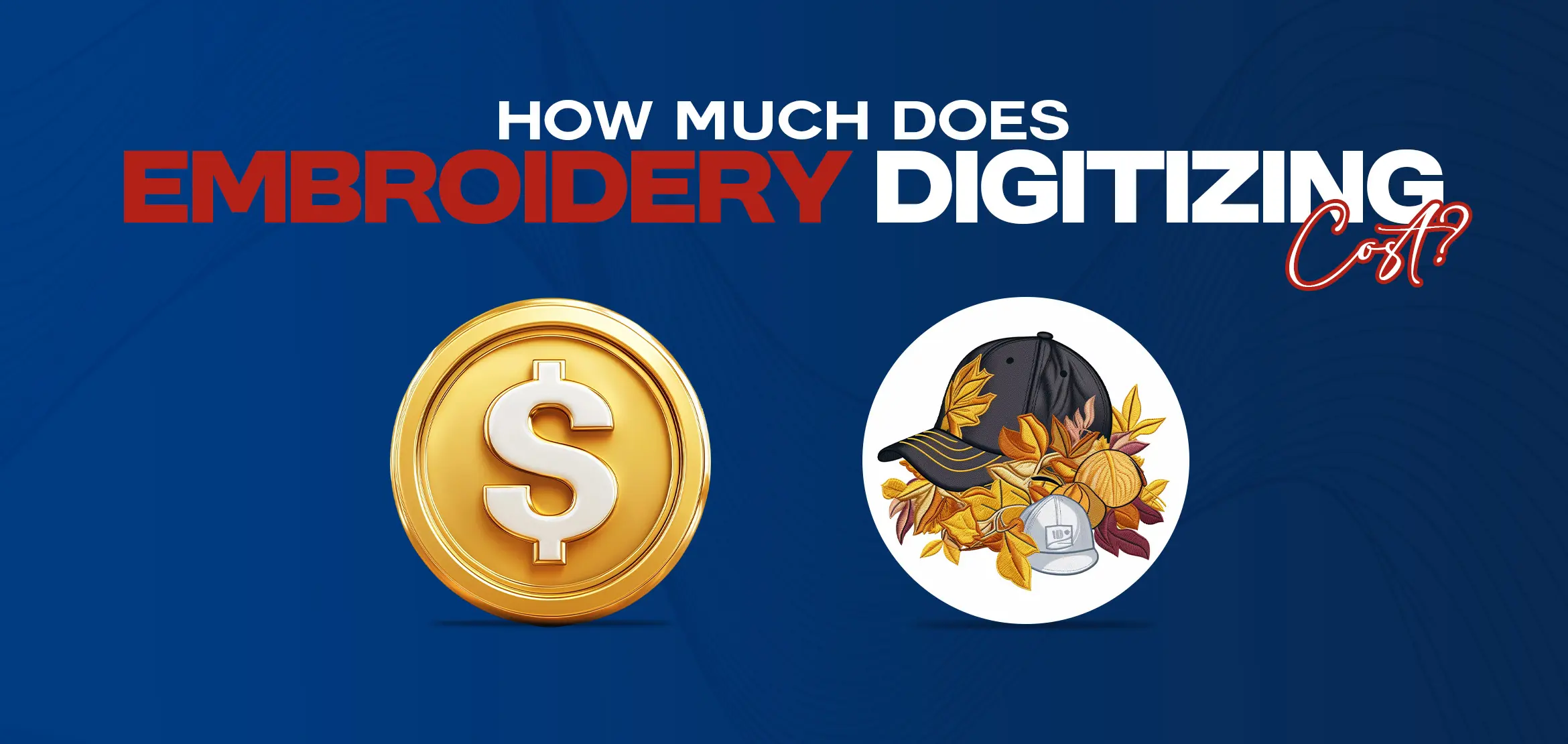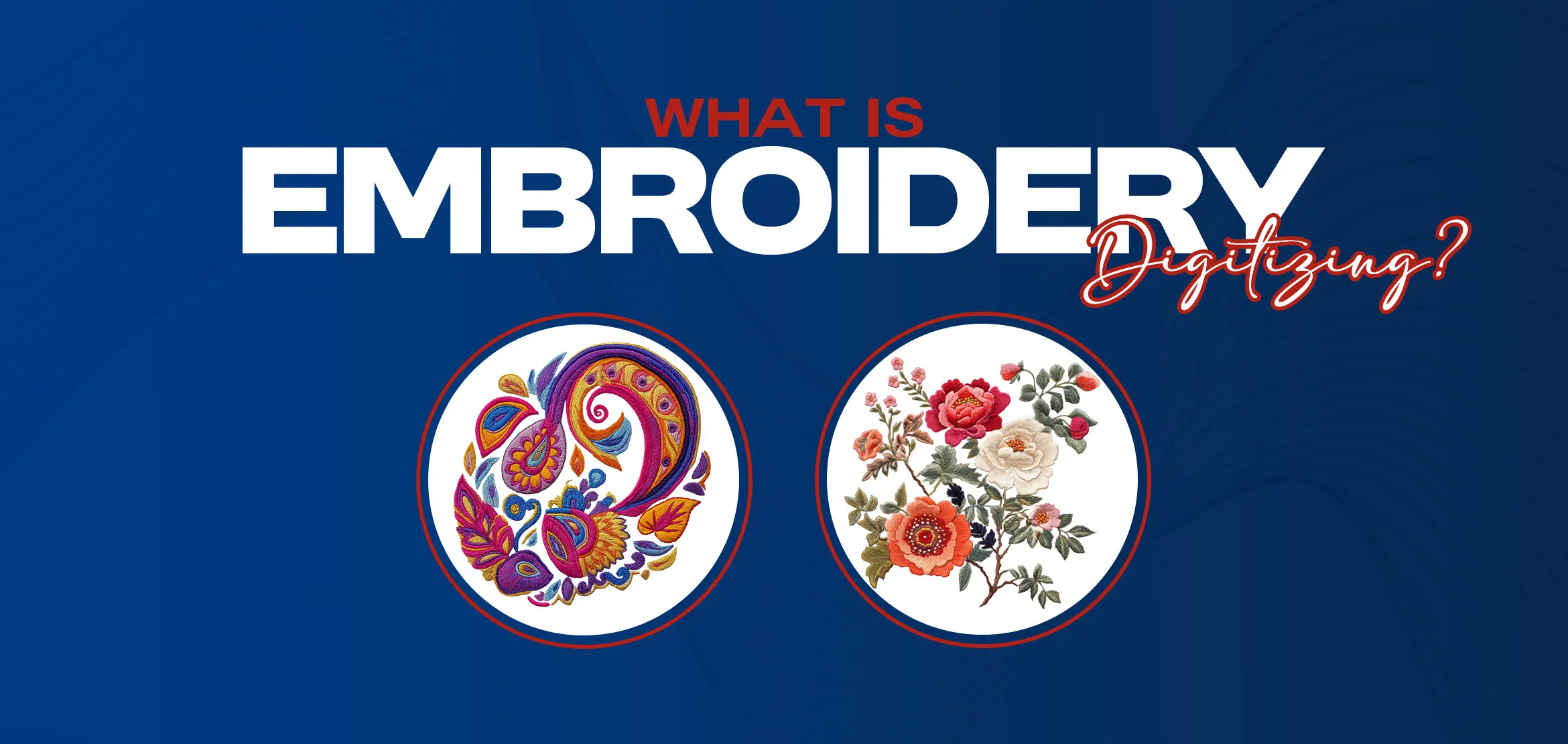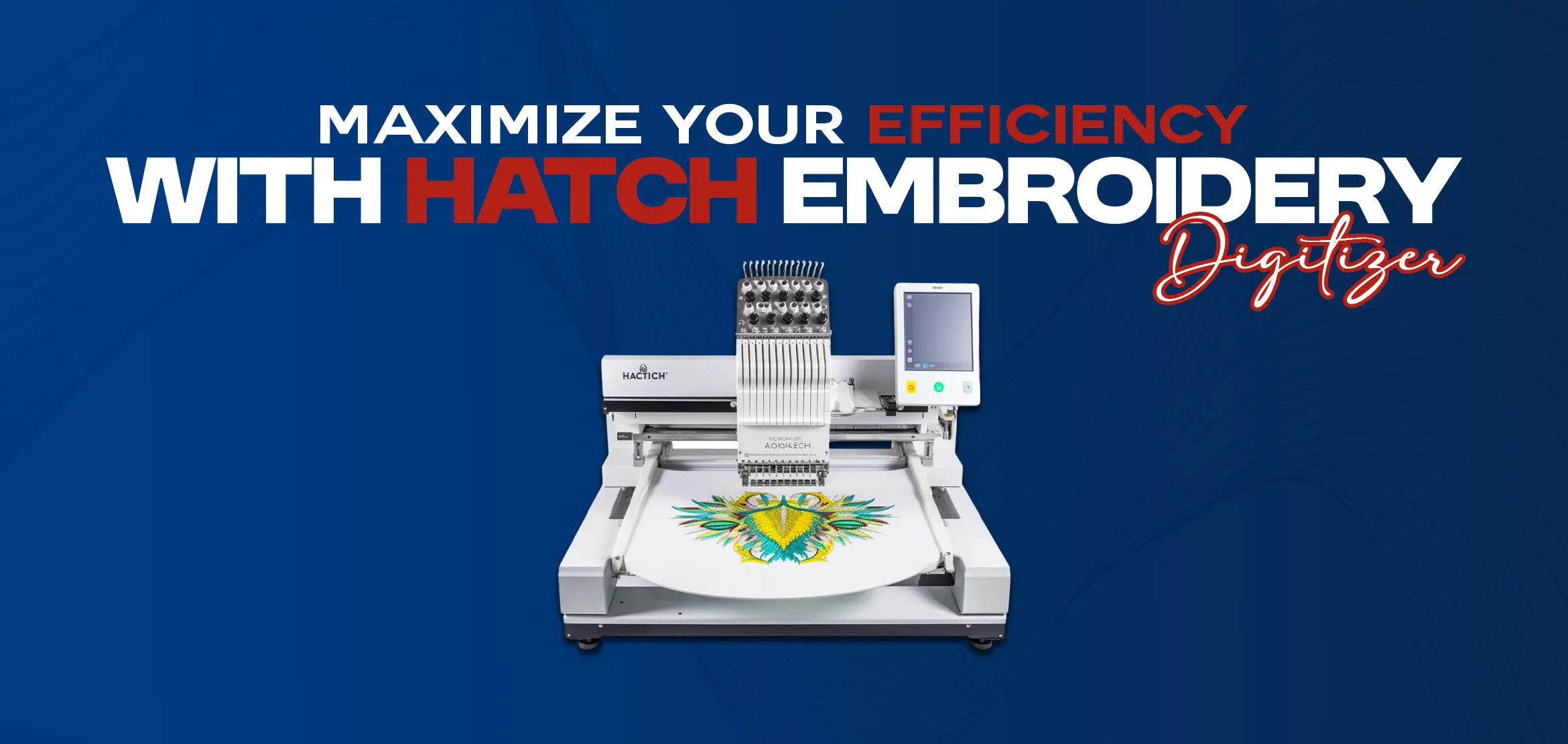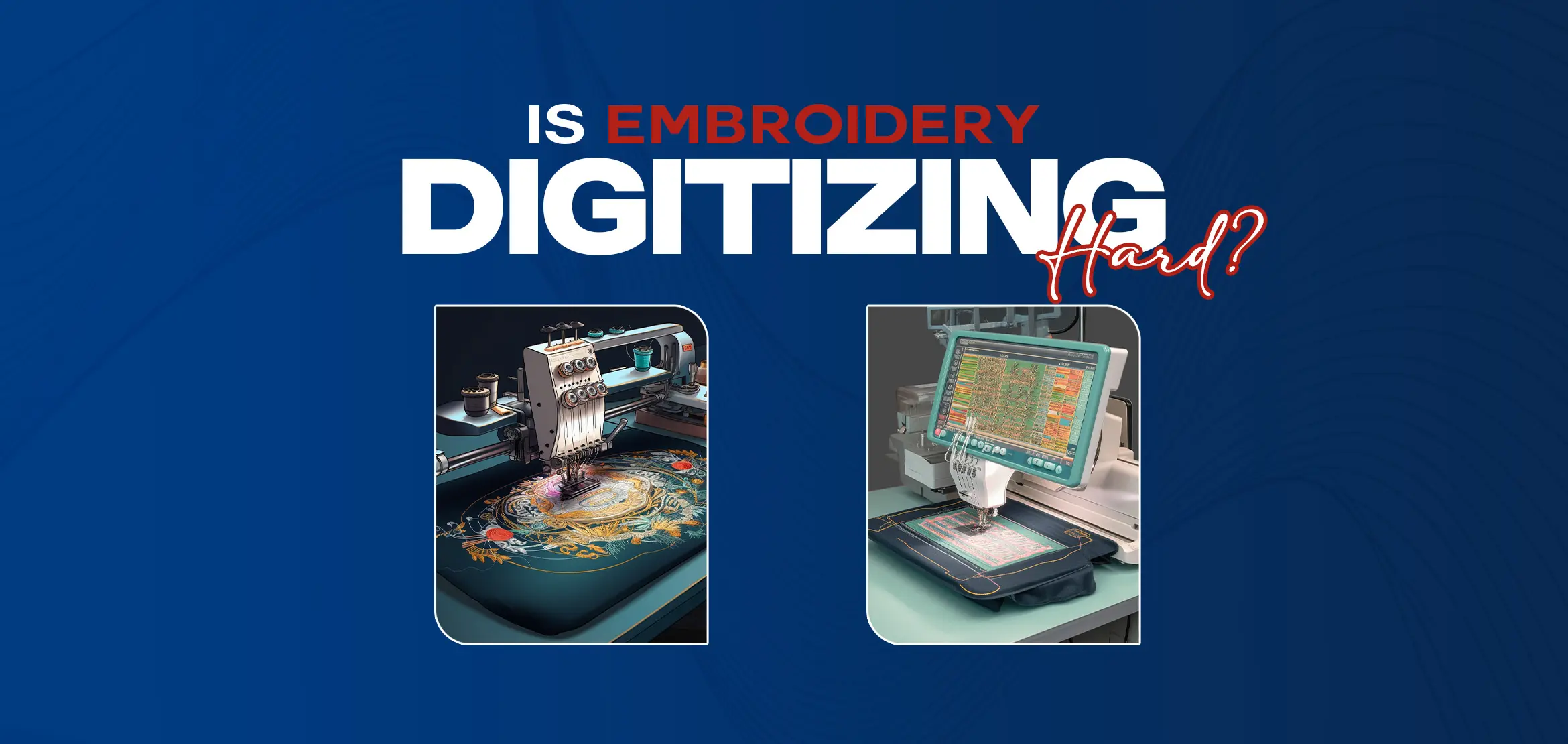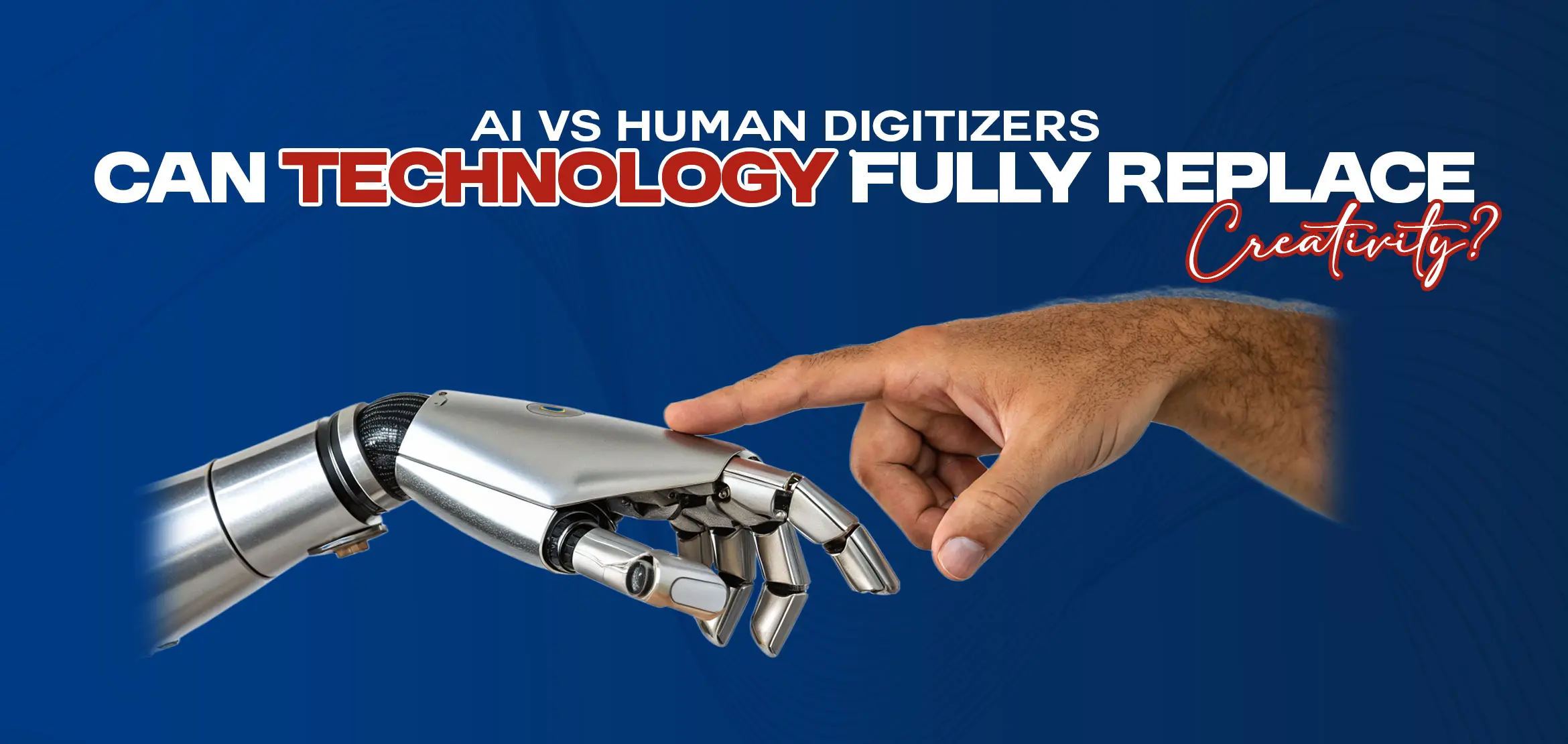
AI vs Human Digitizers | Can Technology Fully Replace Creativity?
Table Of Content
- Understand What is Embroidery Digitizing?
- What is Human Embroidery Digitizing?
- Key Differences Between AI vs Human Embroidery Digitizer
- What AI Can Do for Now in Embroidery Digitizing?
- AI Features in Embroidery Software in 2026
- Speeding Up Repetitive Tasks
- Basic Preview and Simulation
- Handle Complex Designs (with limits)
- Fix Issues After Sampling
- Communicate with Clients
- Real-World Examples That Require Human Expertise
- Now, Should You Go With AI or Human Digitizers?
- The Future of Embroidery Digitizers: Human or AI? Who Will Win
- Summary
No doubt AI is getting smarter and upgrading day by day. Many people think AI will replace humans sooner or later but that’s not true. AI is just a tool, it assists you in all aspects but never ever replaces humans. It is important to note that humans must learn and gain expertise in AI tools, it can never fully replace human creativity. Because in coming years, AI will change the future of embroidery digitizing dramatically.
In this hot and interesting debate, “AI vs Human Digitizers,” the question is: can machines ever replicate what human digitizers bring to the table? In this hot topic, we’ll cover what each can do, where the limits lie and how you can make the best choice for your needs. So move ahead and understand this blog post. Basically embroidery digitizing is the process of converting any artwork or designs like logos, illustrations, letters, into a stitch file that embroidery machines can easily read & sew. Digitizers set stitch types, directions, densities,underlay stitches, pull compensation and more. The result is a file format like DST,PES, EXP, etc that tells the machine exactly when to move, stop or change threads. This is the first & most important step. A poor digitizing task leads to thread breaks, puckering, uneven stitches or misalignment, while good digitizing ensures that designs come out looking clean and as intended on fabric. Human embroidery digitizing is when a digitizer makes all the decisions themselves. The person studies the artwork carefully, understands the customer's prespective, picks stitch types, decides stitch directions, adjusts for fabric, thread tension and makes corrections after sampling. Human digitizers have experience, artistic insight and practical knowledge of how threads, fabrics and machines behave. Humans also communicate with clients to understand special instructions, preferences, revisions or any other important details. For custom orders or complex designs, Human skill is what turns an average design into an outstanding one. Let's understand key differences. So we have discussed some differences here. Human digitizers make designs perfectly rather than AI and when we talk about perfection, you can't forget Digitizing USA. Because Digitizing USA is well known name in embroidery digitizing market.We provide a wide range of custom embroidery digitizing services, from chenille,applique to 3d puff embroidery digitizing. We deliver quality work to our customers with perfection. AI is already making solid contributions in the digitizing world. It handles repetitive tasks with speed and consistency. It can propose stitch types, estimate pathing and give a first-pass version of the design. These capabilities free up time for human digitizers, so they can focus energy on the parts that require creativity and judgment. However, AI has limits. Advanced designs like 3D puff, gradients, fine details or specialty threads often confuse the algorithms. Complicated designs demand human skill and experience to interpret and adjust paths, densities or compensations. When it comes to high-end or custom work, human digitizers still shine. Let’s look ahead to what AI in embroidery software might offer by 2026: AI will take over tasks like auto-tracing, path optimization and fill assignments. This reduces the time needed for basic logos or text. Expect better previews that simulate thread texture, fabric stretch, lighting, and shading. AI can help show how a design will look before stitching. Hope so AI will improve in handling gradients, 3D puff, and specialty threads and so on, these are still challenging for AI. Human digitizers will remain essential for pushing boundaries and adding nuance. AI might flag obvious density issues or thread breaks but it can’t reliably fix them all. For problems like pull compensation, thread tension conflicts or unexpected fabric behavior, an experienced human must step in. AI can assist but not fully replace humans and their creativity. AI can’t communicate, discuss preferences, understand ambiguous instructions, or manage emotional nuance. Human digitizers handle everything like revisions, client feedback, and custom tweaks. In custom orders, human presence is very important. No one can beat human digitizers at any cost when it comes to high-quality, custom work combined with excellent client communication. AI tools help speed things up but for top-tier results, we still need humans. - 3D Puff Designs: Puff embroidery demands special layering, compensation, and stitch paths. AI misjudges height or layering, leading to distortions. - Fine Line Logos: Thin strokes often require manual judgment about when to switch stitch types or use running stitches. AI may overfill or distort. - Gradients & Tonal Fills: Smooth color transitions require delicate balancing of stitch direction and density, which AI struggles to optimize. - Specialty Threads or Fabrics: Metallic threads, stretch fabrics, or thick knits have behavior AI will not predict well. But humans can do it very well, it is just a piece of cake for humans, they can adjust density, underlay, and compensation easily. AI is just a tool, not a replacement. You should aim to learn AI tools and become proficient in using them because in coming years they will get more advanced. But don’t rely on AI for everything. Human skill is still essential. Here’s a guideline: For simple designs, logos or bulk work: AI plus some human adjustment can do the job well. For custom work, high detail, or special fabrics: Go with a human digitizer from the start. If you’re a digitizer,adopt AI tools to help with your workload but keep your human judgment sharp. It's a win-win situation. As we have mentioned that we can't rely on AI. We know AI is improving and will change the future soon. If Human knows how to use AI in embroidery digitizing, their life will be easier. Because with the help of AI, you can save time, speeding up workflow and completing many tasks without worries. If you want to do smart work, just go ahead and practice AI. In future, many embroidery digitizing software programs will introduce AI features on a large scale that will make digitizing fast & easy. Now got it who is better? AI digitizer or human digitizers? The answer is: human digitizers. For simple projects, AI can do a good job quickly and cheaply. But again, AI is not perfect and will not give you quality designs. For the best quality work, you will definitely need human digitizers. Because human creativity is always at its peak level that AI may never ever beat. If you want custom embroidery designs, reliable results, expert corrections and unlimited revisions, go to Digitizing USA. No matter you have simple projects or complex ones, we handle everything. Reach out to Digitizing USA today and get your embroidery designs done right.Understand What is Embroidery Digitizing?
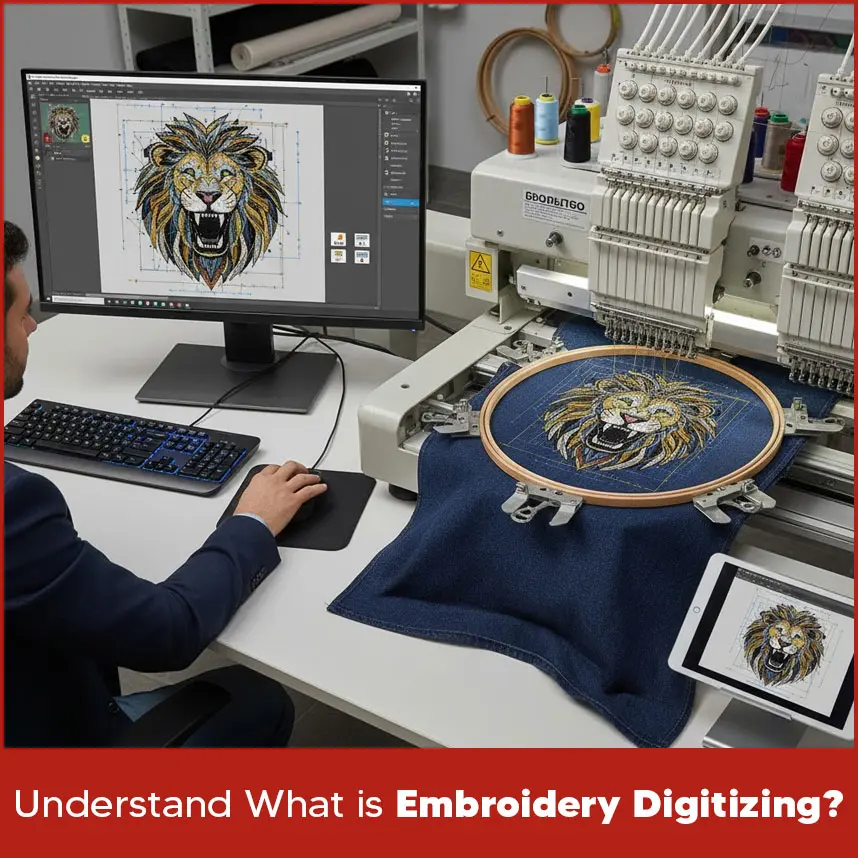
What is Human Embroidery Digitizing?
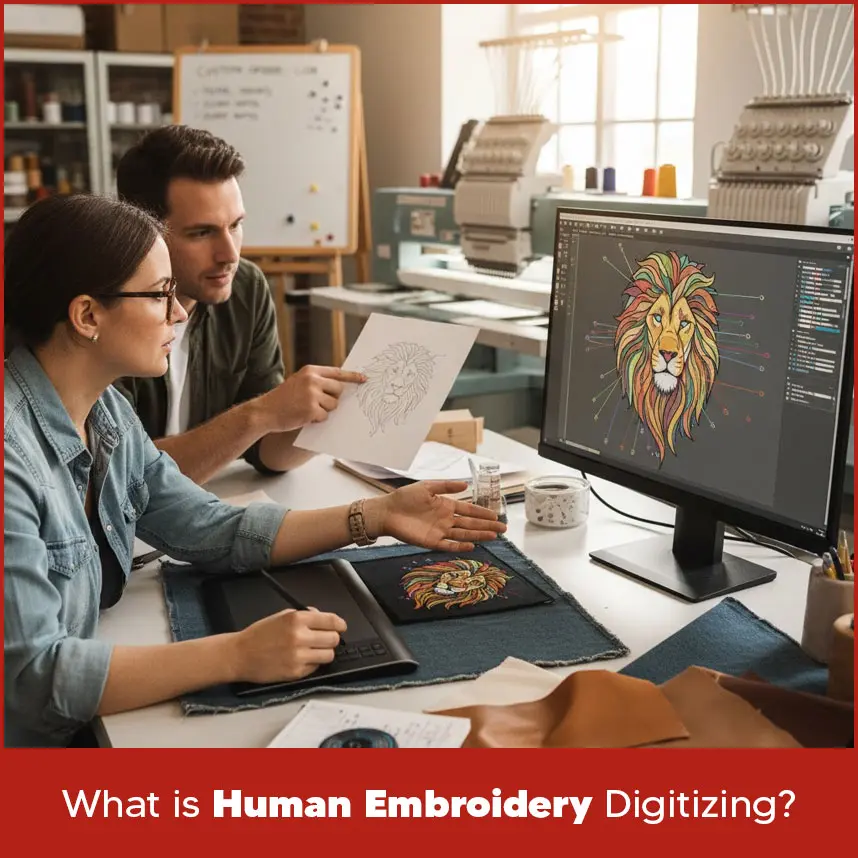
Key Differences Between AI vs Human Embroidery Digitizer
What AI Can Do for Now in Embroidery Digitizing?
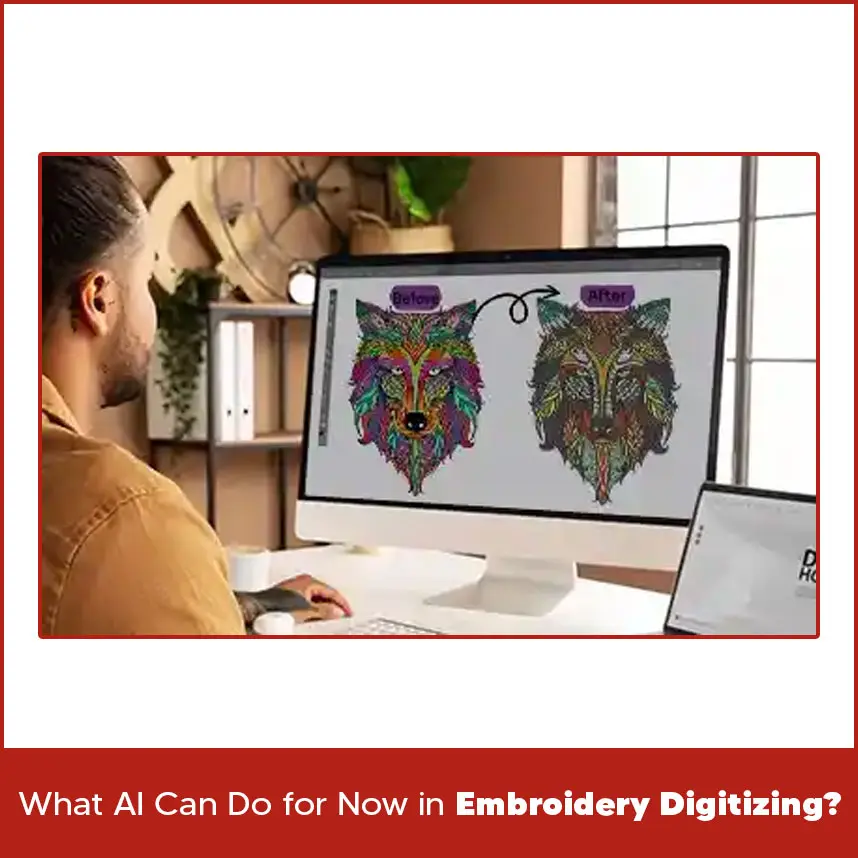
AI Features in Embroidery Software in 2026

Speeding Up Repetitive Tasks
Basic Preview and Simulation
Handle Complex Designs (with limits)
Fix Issues After Sampling
Communicate with Clients
Real-World Examples That Require Human Expertise

Now, Should You Go With AI or Human Digitizers?
The Future of Embroidery Digitizers: Human or AI? Who Will Win
Summary

